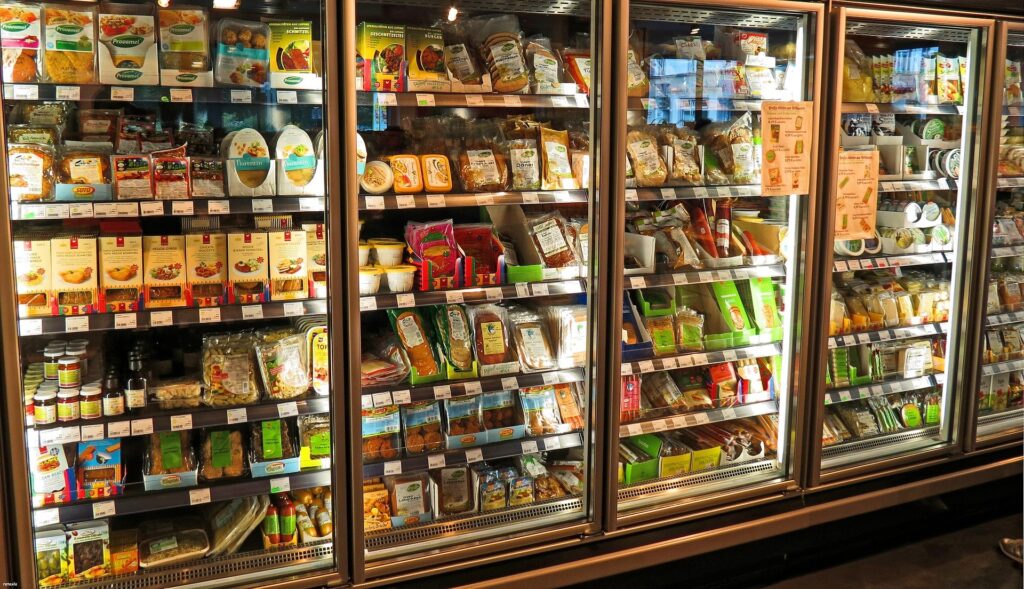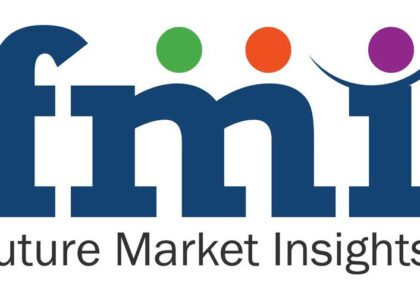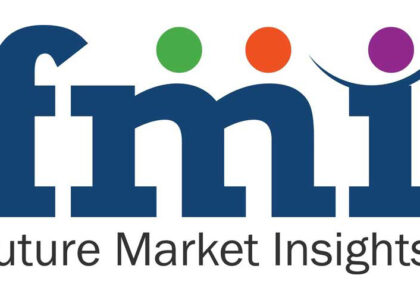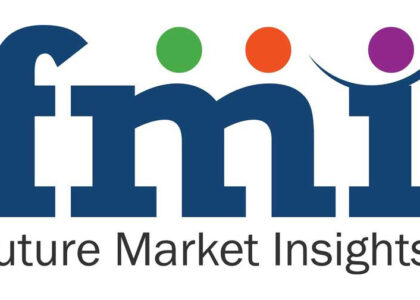Anticipated to attain a market valuation of US$ 2.8 billion in 2023, the global flexible frozen food packaging market is poised for substantial growth, projected to expand even further at an impressive Compound Annual Growth Rate (CAGR) of 12%, reaching a notable US$ 8.7 billion by 2033. This trajectory underscores the increasing importance of flexible packaging solutions in the frozen food sector, driven by factors such as convenience and innovation. As consumer preferences evolve and the demand for frozen food rises, the flexible frozen food packaging market is set to play a pivotal role in meeting industry demands, reflecting its significant market expansion.
Flexible frozen food packaging is expected to grow substantially in the near future. Increasing e-commerce markets and growing frozen food demands are expected to boost the market in the coming years. In recent days, the market has seen a rise in the demand for groceries apps, and demand for ready-to-eat meals and seafood is on the rise. Therefore, the market for flexible frozen food packaging is growing.
Sustainability and environment conservation, in terms of packaging materials, are rising day by day. Consumers, as well as manufacturers, have become more cautious while selecting a packaging material that encloses the product to be manufactured or purchased.
Request Sample Report: https://www.futuremarketinsights.com/reports/sample/rep-gb-13138
Competitive Landscape
Key players such as
- Amcor Ltd.
- Ball Corporation
- Crown Holdings, Inc.
- Graphic Packaging International, Inc.
- Pactiv LLC
- Sealed Air Corporation
- Sonoco Products Company
- WestRock Company
- Uniflex Packaging
- ProAmpac
- HANGZHOU MING RI FLEXIBLE PACKAGING CO., LTD.
Recent Developments-
- In February 2021, ProAmpac has launched the ProActive Recyclable R-2000F which has a new technology that will help the brand to achieve sustainable packaging goals. It has excellent heat resistance, robust sealant technology, and excellent dimpling resistance, which makes it an ideal replacement for gusseted frozen food packaging made of non-recyclable PET/PE or OPP/PE laminations.
- In November 2020, Toppan Printing (Toppan), one of the global leaders in packaging, launched a new flexible packaging material with GL BARRIER, a barrier film that is developed by leveraging original vapor-decomposition and coating technologies that reduce oxidation and therefore help in preventing discoloration, changes in food texture, and loss of flavor when compared to the conventional packaging.
Market Drivers:
- Convenience and Portability:
- Consumers increasingly seek convenient and easy-to-use packaging solutions for frozen foods, which drive the demand for flexible packaging. Pouches and bags are often more convenient for storage and transportation.
- Innovation in Materials:
- Advances in material science have led to the development of packaging materials that offer better barrier properties, preventing freezer burn and extending the shelf life of frozen foods.
- Sustainability Concerns:
- The growing emphasis on sustainable packaging solutions has driven the development of eco-friendly and recyclable materials in the flexible packaging industry. Brands adopting environmentally friendly packaging options can gain a competitive edge.
- Brand Visibility and Marketing:
- Flexible packaging allows for innovative and attractive designs, helping brands enhance their visibility on store shelves. Eye-catching designs and graphics can influence consumer purchasing decisions.
Market Restraints:
- Environmental Concerns:
- Despite efforts to make packaging more sustainable, some forms of flexible packaging may still pose environmental challenges, such as difficulties in recycling or concerns about the impact of certain materials on the environment.
- Regulatory Compliance:
- The packaging industry is subject to various regulations and standards. Compliance with these regulations, particularly in terms of food safety, can pose challenges for manufacturers, and non-compliance may lead to legal issues.
- Limited Barrier Properties:
- While advancements have been made in improving barrier properties, some flexible packaging materials may not provide the same level of protection as rigid alternatives, leading to concerns about product integrity during storage and transportation.
- Consumer Perception:
- Some consumers may still associate traditional, rigid packaging with higher quality or perceive flexible packaging as less durable. Changing consumer perceptions can be a challenge for manufacturers.
Buy Now/Purchase: https://www.futuremarketinsights.com/checkout/13138
Key Segments of Flexible Frozen Food Packaging Market Covered in the Report
Based on Product Type:
- Pouches
- Bags
- Wraps
- Foils
- Others
Based on Application:
- Ready-to-Eat Meals
- Meat & Poultry
- Sea Food
- Vegetables & Fruits
- Soups
- Others
Based on the Region:
- North America
- Latin America
- Europe
- South Asia
- East Asia
- Oceania
- Middle East & Africa
About FMI
Future Market Insights, Inc. (ESOMAR certified, Stevie Award – recipient market research organization and a member of Greater New York Chamber of Commerce) provides in-depth insights into governing factors elevating the demand in the market. It discloses opportunities that will favor the market growth in various segments on the basis of Source, Application, Sales Channel and End Use over the next 10-years.
Contact Us:
Future Market Insights Inc.
Christiana Corporate, 200 Continental Drive,
Suite 401, Newark, Delaware – 19713, USA
T: +1-845-579-5705
For Sales Enquiries: sales@futuremarketinsights.com
LinkedIn| Twitter| Blogs




